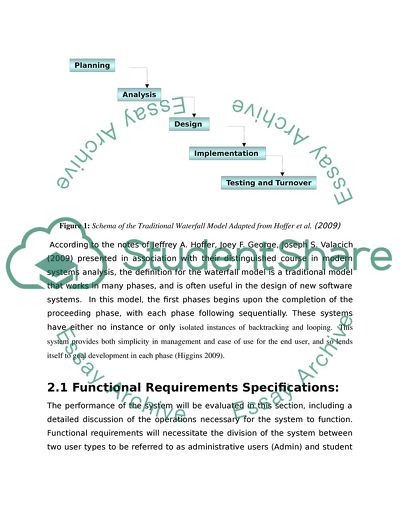Cite this document
(The Base of Software Development and WEB Research Paper, n.d.)
The Base of Software Development and WEB Research Paper. Retrieved from https://studentshare.org/information-technology/1569312-web-based
The Base of Software Development and WEB Research Paper. Retrieved from https://studentshare.org/information-technology/1569312-web-based
(The Base of Software Development and WEB Research Paper)
The Base of Software Development and WEB Research Paper. https://studentshare.org/information-technology/1569312-web-based.
The Base of Software Development and WEB Research Paper. https://studentshare.org/information-technology/1569312-web-based.
“The Base of Software Development and WEB Research Paper”. https://studentshare.org/information-technology/1569312-web-based.


